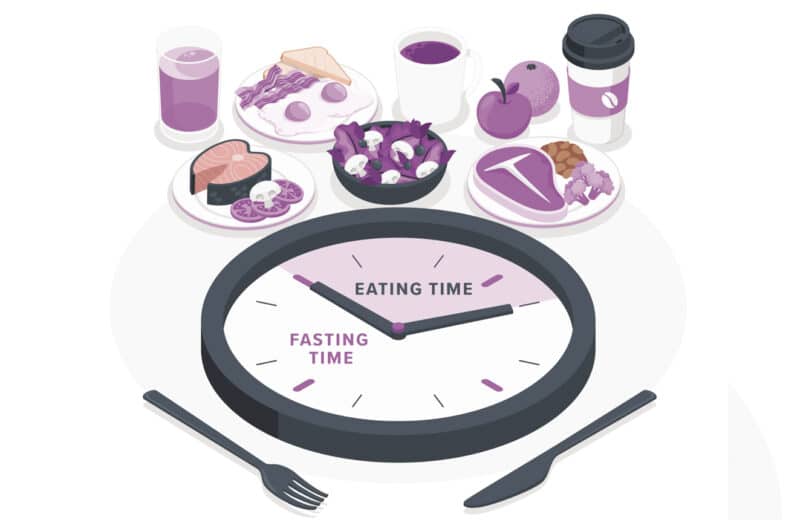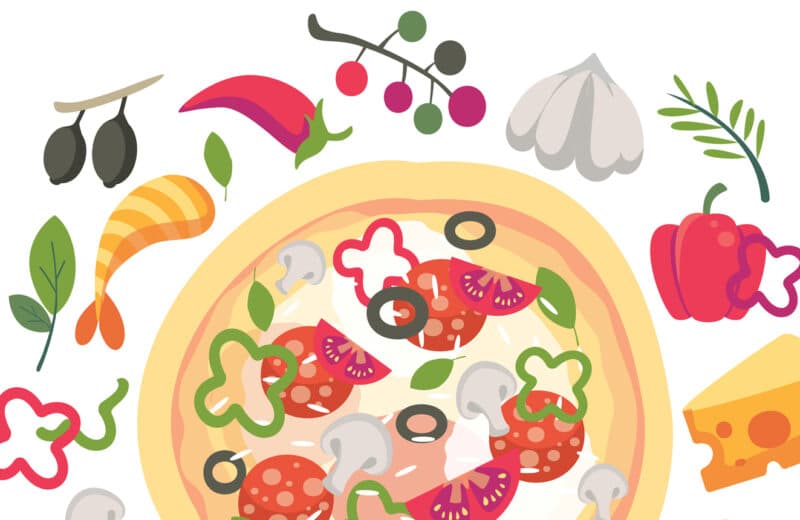By Carol Berg Sloan R.D.N., F.A.N.D., Environmental Nutrition Newsletter
You may soon be adding herring, rutabaga and lingonberries to your shopping list, thanks to recent findings and the emerging popularity of the New Nordic Diet. This dietary pattern is based on the traditional, regional foods–fish, game, berries, whole grains, and root vegetables–of Scandinavian countries, which include Finland, Norway, Denmark, Iceland and Sweden.
This eating style has gained momentum because nutrition researchers and chefs from this region have come together to discuss the increasing rates of obesity and chronic illnesses in their countries, which are linked to changing eating patterns.
While once Scandinavian diets were based on wholesome, minimally processed, regional foods, such as fish, rye, and beets, today’s diets include more meat, highly processed foods (i.e., pizza, hot dogs, and chips), and refined grains. Research reveals benefits for following the New Nordic Diet, which also can help shine a light on healthy eating practices in your own diet at home.
From heart health to weight loss
Swedish study participants who consumed seasonal, local foods, such as herring, canola oil, whole grains, berries, unsalted nuts and seeds, and root vegetables, and avoided processed meat, sugar and refined grains, had improved blood cholesterol and blood pressure levels compared to those who ate more refined grains, added sugars, and butter, and less fruits and vegetables, according to a 2011 study published in the Journal of Internal Medicine.
Weight benefits have been found, too. Danish subjects who consumed foods found in the New Nordic Diet lost weight–approximately 10 pounds in 6 months–without counting calories, reported a study published in the American Journal of Clinical Nutrition.
In another study of Danish subjects, published in the European Journal of Nutrition, researchers found that participants who ate foods such as berries, cabbage, potatoes, whole grains, and fish with fresh herbs, along with daily exercise, had a lower incidence of weight regain after initial weight loss.
Look for more research on Nordic diet patterns related to diabetes and cancer risk in the future.
Research even shows that the New Nordic Diet is more environmentally sustainable, with a 35 percent reduction in meat consumption than the typical Danish diet, along with increased intake of local produce and whole grains.
Bringing the Nordic diet home
If you don’t have an IKEA close by, or herring in stock at your local grocery store, don’t worry, says Thomas Larsen, Ph.D., a Nordic diet researcher from the University of Copenhagen. “The concept of a healthy, regional, sustainable, seasonal and tasty diet could, in principle, be applied anywhere in the world, not just Nordic countries,” Larsen says.
You can translate the New Nordic Diet to your own backyard by focusing on eating more locally produced fruits, vegetables, fish, and whole grains instead of highly processed foods, such as processed meats (i.e., ham, sausage), refined grains (i.e., white bread and snack chips), and sugary foods and beverages. As a bonus, choosing local, regional foods can help you lower your carbon footprint.
EATING THE NORDIC WAY
Focus on the following foods daily to gain health benefits:
1. Protein: Eat more fish and less red meat. The New Nordic Diet emphasizes two fish, two vegetarian (for example, bean and pea dishes), and three lean animal protein (such as poultry) meals per week.
2. Whole grains: Incorporate more whole grains into your meal plan, such as oats, rye, and barley, while decreasing refined flour, pasta and rice. Rye bread or barley-based side dishes or salads are delicious.
3. Fruit and vegetables: Choose local and sustainable produce, such as fresh herbs, berries, and root vegetables, including potatoes or turnips. If possible, shop your farmers market choosing fruits and vegetables that are in season in your region.
4. Fats: Canola (polyunsaturated and rich in omega 3s) is the oil of choice in the New Nordic Diet, with a decreased use of butter; olive oil (monounsaturated) may be incorporated as an alternative.
5. Dairy products: Low-fat milk, yogurt (no added sugar), and cheese may be consumed in moderate amounts (2 servings per day).
6. Beverages: Decrease consumption of sugar-sweetened beverages, including 100 percent juice (eat whole fruits instead). Coffee, tea and moderate alcohol consumption may be enjoyed as part of this eating pattern.
7. Enjoy: Revitalize your diet by cooking more often at home and enjoying your meals with your family and loved ones.
SWEDISH PEA SOUP
Ingredients
1 lb. dried yellow peas
6 c water
1 medium onion diced
1 Tbsp reduced sodium vegetable broth
1 Tbsp prepared mustard (e.g., Swedish, whole grain, or Dejon)
1/2 tsp freshly ground black pepper
1 tsp low-sodium herbal seasoning blend
1 bay leaf
1 tsp marjoram
1 tsp thyme
Directions
1. Cover dried peas with water and soak overnight.
2. Drain peas and place in a large, heavy pot.
3. Add remaining ingredients, stir well, cover with a lid and bring to a boil over high heat. Reduce heat to medium and simmer for 1-1/2 to 2 hours, stirring occasionally, until peas are tender. Add water as needed to replace moisture lost to evaporation. Remove the bay lead before serving.
Makes 8 servings.
Nutrition information per serving: 203 calories, 14 g protein, 36 g carbohydrate, 1 g fat, 0 g saturated fat, 15 g fiber, 5 g sugar, 59 mg sodium.
Recipe courtesy of Sharon Palmer, R.D.N., from “Plant-Powered for Life.”
(Reprinted with permission from Environmental Nutrition, a monthly publication of Belvoir Media Group, LLC. 800-829-5384. www.EnvironmentalNutrition.com.)












